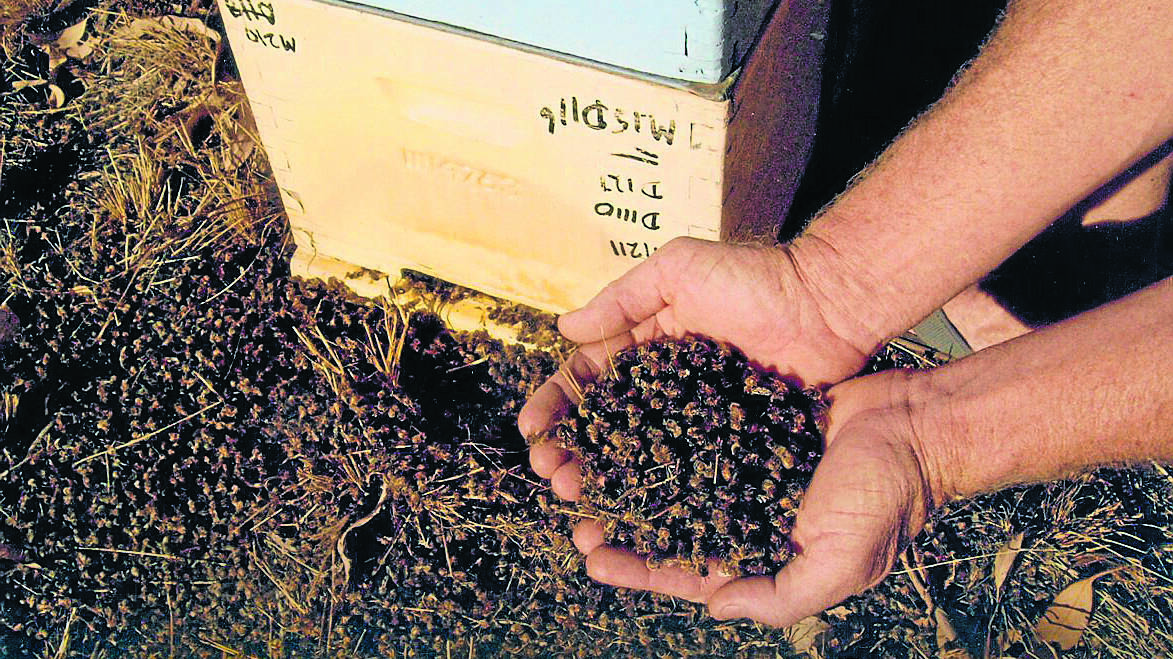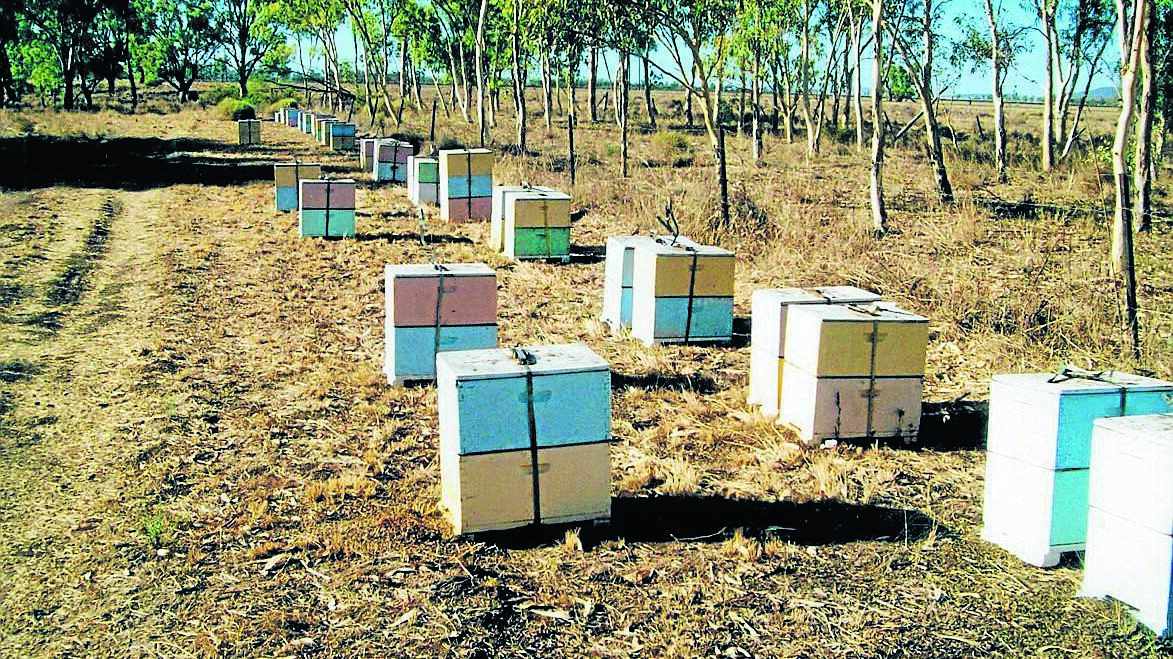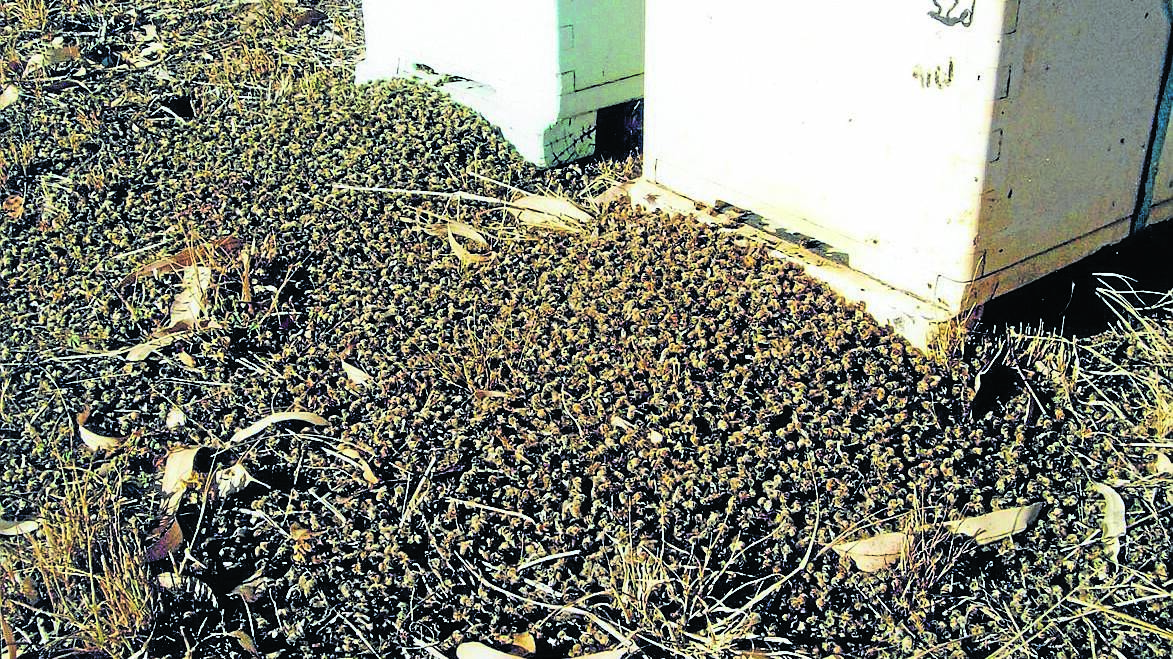The owner of Nelson’s Honey Factory at Boggabri is demanding answers after losing thousands of bees that she believes may have died from a cotton insecticide.
Subscribe now for unlimited access.
or signup to continue reading



Marlene Nelson is devastated after finding the bees dead in front of their hives during a routine inspection several weeks ago.
She and her son John have been running the factory since the death of Marlene’s husband Michael in 2007, however they have since downsized their operation.
Around the time of the deaths, Marlene said she had noticed cotton spraying in the area and contacted the Environment Protection Authority (EPA) to investigate.
In a statement to the Namoi Valley Independent, the EPA’s investigation was unable to determine the exact cause of death of the bees, however due to the current drought conditions, it is possible that bees travelled from their hives to flowering irrigated cotton crops which, in this instance, had been sprayed with insecticide.
“An insecticide which is harmful to bees was sprayed on two properties within a 10km radius of the hives between January 31 and February 7 this year,” EPA Director North, Gary Davey said.
“Residue from this particular insecticide can last up to 28 days.”
Marlene Nelson, however, doesn’t accept the findings that her bees were foraging in crops and weren’t killed by spray drift.
She said the hives were in three different locations, approximately seven kilometres apart.
“The funny thing is that one load of bees was much closer to another cotton crop that was not sprayed with deadly spray, so if the bees were foraging, I don’t think they would fly past the closer crop to go to further ones,” Marlene said.
“But as I said before, I was told the spray would not have drifted.”
Marlene also said her bees were dead in handfuls at the entrance of the hives, and questioned that if it wasn’t spray drift that killed the bees and they were “foraging” in crops elsewhere, how were they well enough to fly back to the hives?
She added that a staff member from the EPA had told her that because “they didn’t know which one did the damage, there was nothing that we could do”.
“It seems funny that there is one rule for some and a different rule for other primary producers. Normal farmers are not allowed to use a hand spray for killing weeds anywhere near a cotton crop because the drift might kill their cotton and they are telling me that there would be no drift from their aerial spraying,” Marlene said.
“We have been operating our Honey Factory at the same location here in Boggabri for 47 years and in all that time we have always had some bees in town.
“We were here long before cotton was here so you would think they would check before using deadly spray.
“Unfortunately because of the drought, we had all our bees in and around town.
“There are bee-friendly sprays and some cotton farmers do the right thing.
“A lot of people ask me why they have no bees in their vegie gardens to pollinate them, but sprays would be killing native bees too. Besides the loss of our bees I am very concerned about our health. What is this doing long term?”
Mr Davey said the EPA investigation did not identify any breaches of the Pesticide Act 1999 or the Pesticide Regulation 2009, and that all apiarists have a responsibility to advise landholders of exactly when and where they put the hives.

